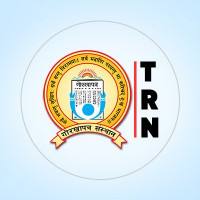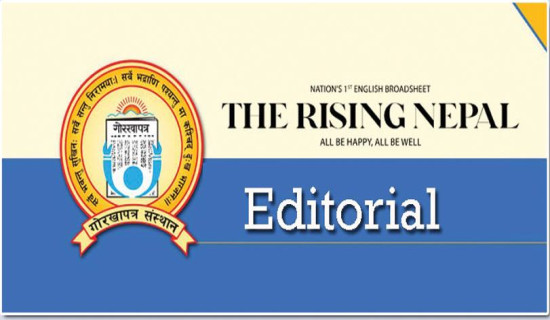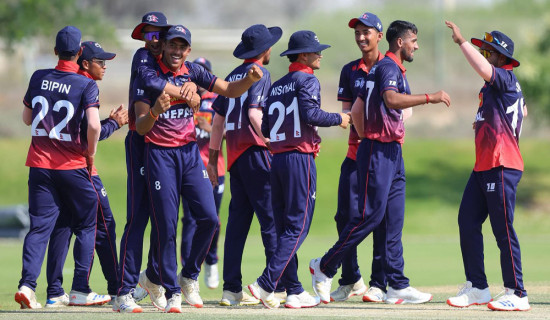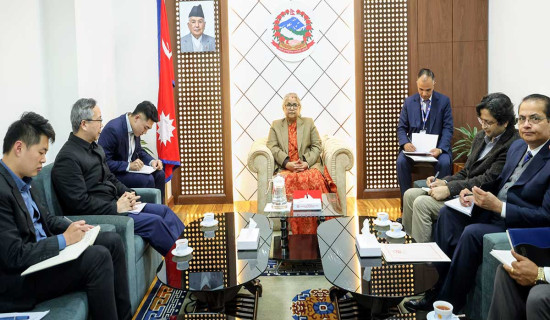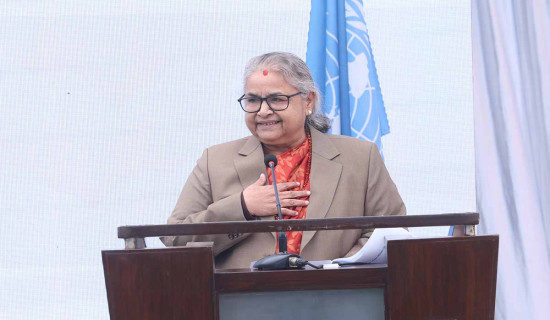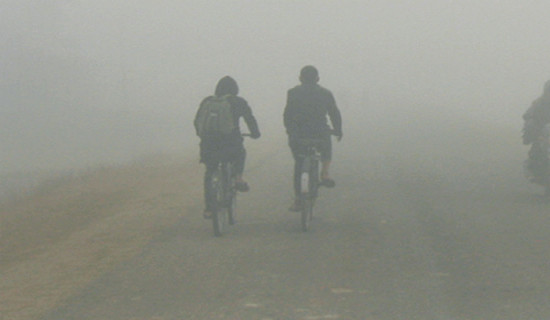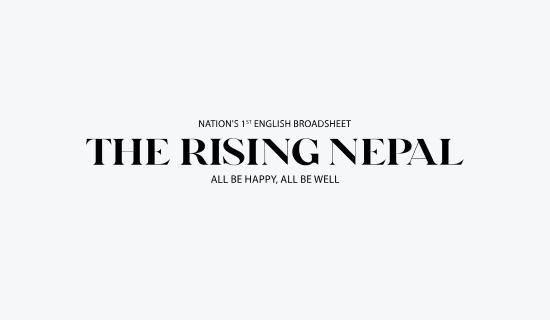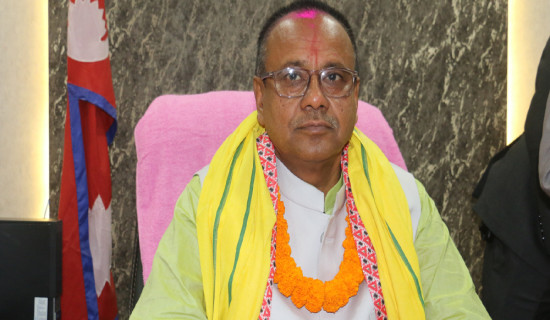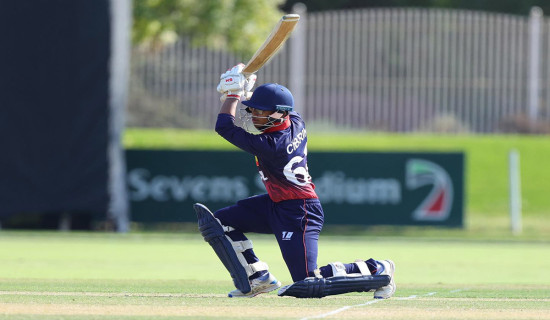- Wednesday, 17 December 2025
Ensure Safety In Water
Drowning in rivers, rivulets, lakes and other water bodies has been a major problem even in Nepal where many such incidents are reported time and again. Swimming lovers, especially adolescents and young adults, are found falling prey to their adventurous steps into water bodies.
There has been a rising propensity among school and college-level students to go for swimming as a recreation and sporting activity. Since the densely populated Kathmandu Valley does not have natural swimming facilities, a number of people interested in water sports go to different places.
The Trishuli River and the Sunkoshi River are the two key water bodies that many Kathmandu dwellers visit each year to enjoy swimming. People find it quite convenient to go there on weekends and other holidays as these water bodies are located close to Kathmandu.
One of the obvious reasons for drowning is that many swimmers hardly have basic floating skills. Besides, they sometimes fail to calculate the depth of the river or lake before entering into water. They also rarely use swimming gear like a life jacket while jumping into rivers or lakes.
It is quite worrying that the country reports more than 500 cases related to drowning annually. According to a news report published in this daily on Monday, as many as 16 persons, including seven children, died of drowning nationwide in the past two weeks (April 3-16) alone. A 22-year-old boy from Dolakha was among them.
The boy along with his friends had gone to the Sunkoshi River for swimming on April 16. However, six of his friends survived. The boy had dived too deep and gone missing in the river. Because the unfortunate incident had taken place in an isolated area, no rescue team was able to reach there on time. The boy’s body was recovered only the following day.
Drowning-related incidents are mostly reported during the hot season when more people opt for swimming for cooking. Currently, temperatures have gone up considerably, prompting people to take different measures to beat the heat.
The situation is worsening in the Terai as it is the hottest region of the country. Most people living in the Terai districts go swimming during this season. Even small children are seen swimming in rivers and lakes. An eight-year-old boy in the Saptari district and another five-year-old girl in the Rautahat district met the same fate last week. Drowning is also a worldwide problem.
As per the World Health Organisation (WHO), some 236,000 people die of drowning globally each year. The global health body’s data shows that the highest drowning rates are among children aged 1–4 years followed by those aged 5–9 years.
Looking at children’s vulnerability to drowning, officials at the National Disaster Risk Reduction and Management Authority under the Ministry of Home Affairs (MoHA) have stressed the need for the respective families to properly monitor the activities of their kids to save them from drowning and other risks. It is also the responsibility of the local government institutions to create massive public awareness in the communities against the possible risks of drowning.
They also need to have well-trained rescue people to deal with this problem. What is equally essential is teaching school-age children basic swimming, water safety, and safe rescue skills to help prevent the incidents of drowning.


